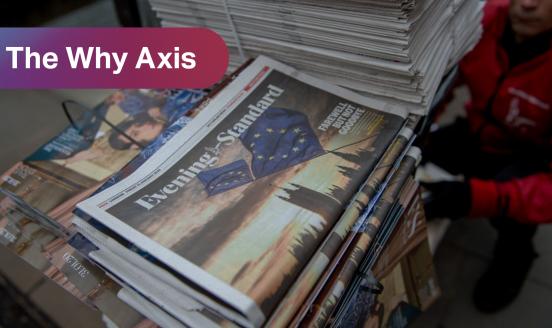Effective online communication for policy advisors: experience from the Bruegel think tank
This chapter argues that online communicaton should be put in the context of an overall strategy that has clearly identified goals. It builds on the c
This is a chapter published in: Higher Education in the Digital Age. Moving Academia Online. Annika Zorn, Jeff Haywood, and Jean-Michel Glachant (Eds.). Cheltenham, UK, Northampton, MA, USA. Edward Elgar Publishing, 2018. The published formatted version is available at: https://www.e-elgar.com/shop/higher-education-in-the-digital-age
Digitization of content has now been present for decades. The gradual expansion of the possibilities for accessing content online, via several different formats and platforms, constitutes an important element for targeted and effective communication and research impact. It is also a matter of reach: according to a recent report by We Are Social (see Kemp, 2017) half of the world’s population is connected to the web and the figure rises to 76 per cent for the European continent, with 37 per cent of the worldwide population connected at least to one social media, rising to 49 per cent in Europe.
This data should be coupled with the recent trend in communication of research products to move beyond dry facts to build narratives and stories. Online communication multiplies the possibilities to frame the results of research in ways that respond to specific audiences’ appetites for accessible and engaging messages. The opportunity to build narratives in a digital environment opens the door for many more methods for effective research communication.
This chapter argues that, despite this background, online tools are not an automatic recipe for success. They should be put in the context of an overall communication strategy that has clearly identified goals, for both online and offline channels – such as print distribution, face-to-face events or traditional media outreach – taking into account their specificity and the interaction between online and offline.
Second, I will highlight the challenges and sketch the methodologies to map and segment audiences in general, as well as in the specific case of research institutions such as think tanks, where the map of influencers is very dynamic. Think tanks are organizations that perform research which is oriented towards advising policy change. And policies are not shaped solely by traditionally influential individuals, but also by certain sections of the wider public, who are more often and more effectively shifting the political discourse in alternative directions.
Third, I will discuss how to engineer tools to reach specific audiences and to shape messages effectively by using specific platforms. The case study of Bruegel, an international economics think tank based in Brussels, will be used throughout the chapter to support a wider reflection on the challenges, common to other research institutions as well, including universities.
As a relatively young institution, which began operations in 2005, Bruegel is an interesting case study regarding the evolution of the use of online tools within a decade. Since the beginning it had published its research online, but only a few years later the global financial crisis and the resulting rapidly changing environment led us to the development of a much more comprehensive bias towards online.
distribution of research versus traditional printing and mailing, to cope with the need to respond quickly to the external environment with timely analysis and policy-oriented research. Moreover, being a start-up, it had been easier and more cost-effective for this think tank to adapt its communication tools to technological changes, compared to older establishments which may have previously made significant investments in legacy technology. Lastly, and significantly, Bruegel was relatively late in adopting some additional digital tools, such as a blog or social media channels, because it waited to craft a solid, integrated strategy before launching them.



